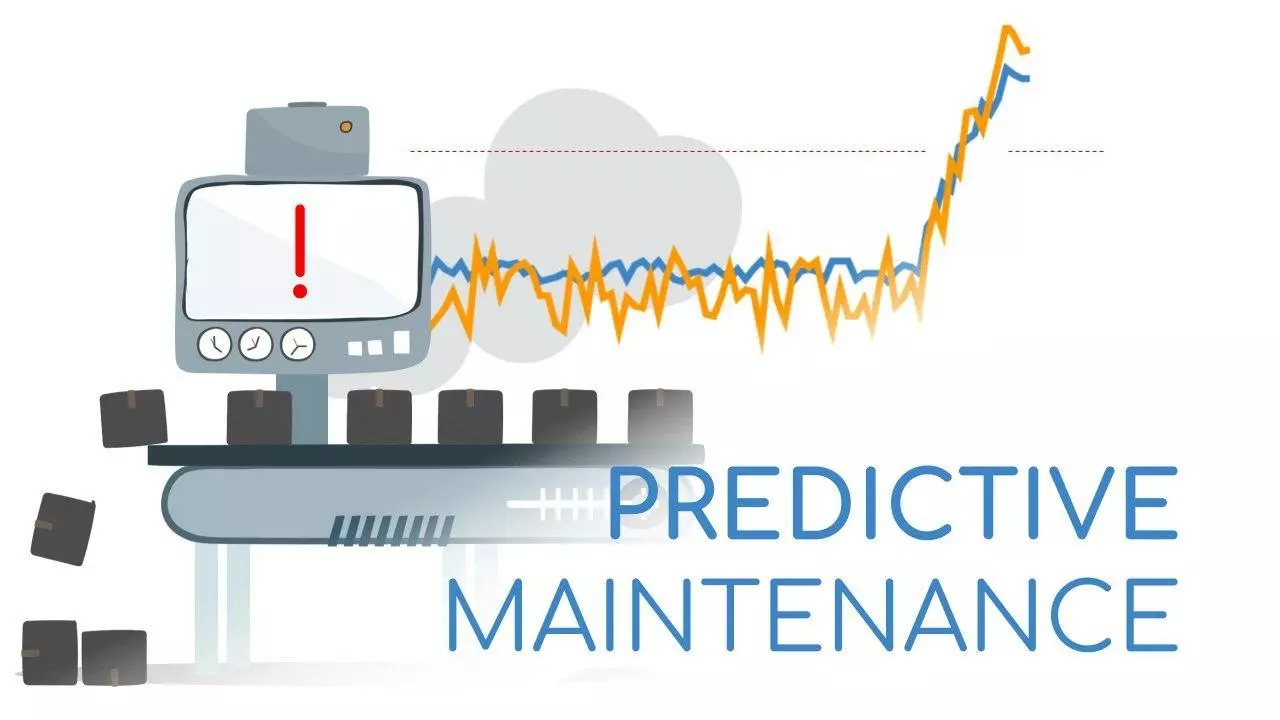The Genesis of Predictive Maintenance
Okay, picture this: You're sitting in your favorite chair, engrossed in a thrilling book when whoosh — the lights go out. It's a fuse, another darned fuse! They keep blowing, plunging your house into darkness at the most inconvenient times. If only you could predict these mishaps. Well, Caden is here to tell you that, in the world of manufacturing, there's a solution for such problems. Oh yes, friends, welcome to the fascinating world of predictive maintenance!
This became a thing thanks to the emergence of 'smart' machinery and big data. Predictive maintenance allows manufacturers to foresee and fix possible system failures before they happen, in the same way, you'd have wanted to predict your fuse blowing. It’s just a matter of data analysis, algorithms, and perhaps a touch of mysticism (completely kidding about that last bit). Let's dive deep into this fascinating subject, shall we?
The Intricate Web of Predictive Maintenance
So how does predictive maintenance work? Well, it's no magic trick. It's actually based on real-time data about the machines. Think of it as a team of invisible little elves watching over your machinery, noting every hum, buzz, and squeak. These elves (or sensors, if you prefer the boring term) collect important data such as temperature, vibrations, and electrical signals of machines, which is then sent off to be analyzed using big data techniques. This analysis predicts potential breakdowns and alerts the management team. That's right, predictive maintenance is basically using past and real-time data to prevent future problems. Kind of like a manufacturing crystal ball!
And here's a funny Caden fact: I've tried applying the principles of predictive maintenance to my gardening hobby. My geraniums didn’t exactly bloom brighter, but at least I knew when they needed watering before they wilted. Yes, you can laugh at the visual of me with sensors in the flower bed. I did.
The Unsung Merits of Predictive Maintenance
I bet you didn't know this is an entirely unsung hero of the manufacturing industry. Predictive maintenance increases operational efficiency, machine availability, quality control, and let's not forget, the overall life span of your machinery. It's like a digital fountain of youth, helping your machines live longer, more productive lives.
Your manufacturing process becomes like a perfectly choreographed ballet, with every machine knowing where and when to make its move. Now, wouldn't that be a sight to see? Also, seriously, who wouldn’t want machinery that can last longer? It saves you money, and let's be honest, everybody likes to save money. I mean, I wouldn’t mind if my old ’77 jalopy could chug along for another decade or two.
Earn Your Predictive Maintenance Stripes: How to Implement?
If you're thinking about how this predictive maintenance thing could work for you, here's a bit about how you might implement it into your own manufacturing processes. Firstly, it’s about equipping your machines with the right sensors (re: previously mentioned invisible elves). You'll also need to establish an infrastructure for constant monitoring, data collection and analysis, and cloud storage.
Then, consider hiring bright minds proficient in data analysis, mathematics, and engineering. Such an investment could return tenfold in saved costs on unscheduled maintenance. Also, create a secure cloud-based platform where your data can be stored and accessed from anywhere, any time. Believe it or not, implementing predictive maintenance is no more difficult than assembling an Ikea bookshelf, and you won't even need a tiny key for it.
Will There Be Robots? Future of Predictive Maintenance
Who doesn’t love a little sci-fi infused in their daily life? Well, the future of predictive maintenance is predicted (pun intended) to be quite interesting. There are suggestions AI might be integrated more deeply into the predictive maintenance process for even more accurate, quicker results, and yes, possibly even robots.
If this happens, imagine walking into your manufacturing plant, and it runs like a well-oiled machine (literally) with complex algorithms predicting and tackling problems even before they occur. The mere possibility is incredible, isn't it? It’s like glimpsing into a Jetsons’ future, minus the flying cars.
Busting Myths: Predictive Maintenance Misconceptions
Like any technology, predictive maintenance isn't without its misconceptions. People often mistake it for a costly investment with negligible returns, but that's far from the truth. The return on investment from predictive maintenance, folks, is impressive.
Yes, it involves an initial investment, but in the long run, it saves not just money but also time due to less unplanned maintenance and downtime. It’s high time we started busting these myths and truly embraced predictive maintenance.
And that, my friends, is a deep dive into predictive maintenance for manufacturing. From tiny sensors and intricate data analysis to the potential of an AI-laden future, predictive maintenance is genuinely a wonder. It’s made me fantasize about a day when I could predict the whims of my temperamental ’77 jeep. Until then, I guess it's just more roadside adventures for Caden!




